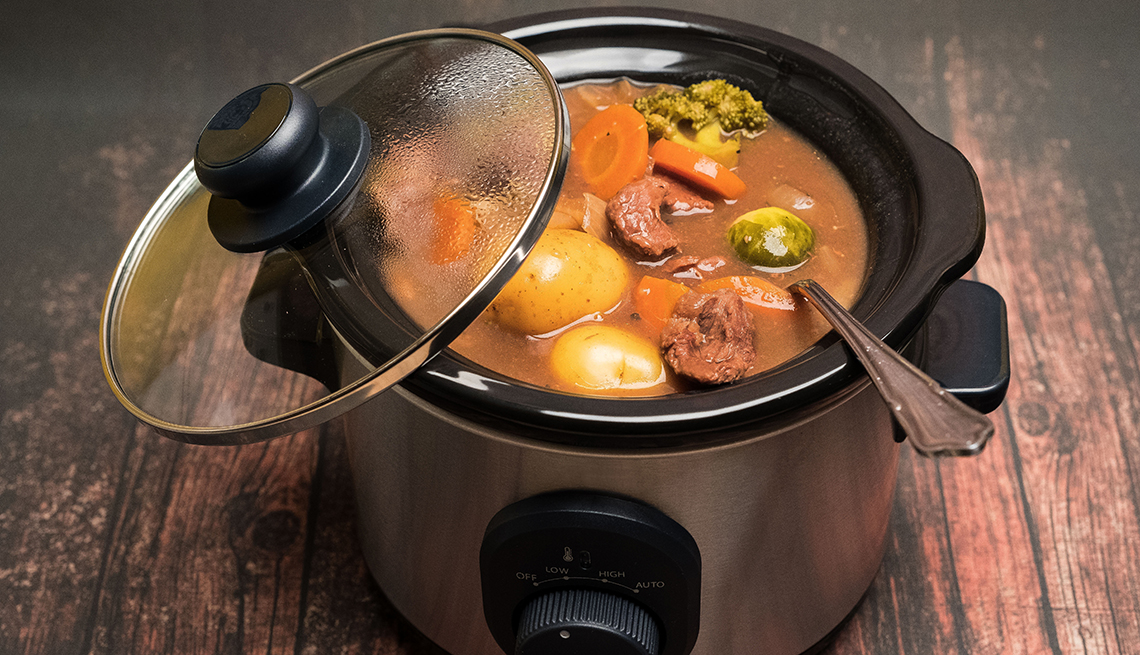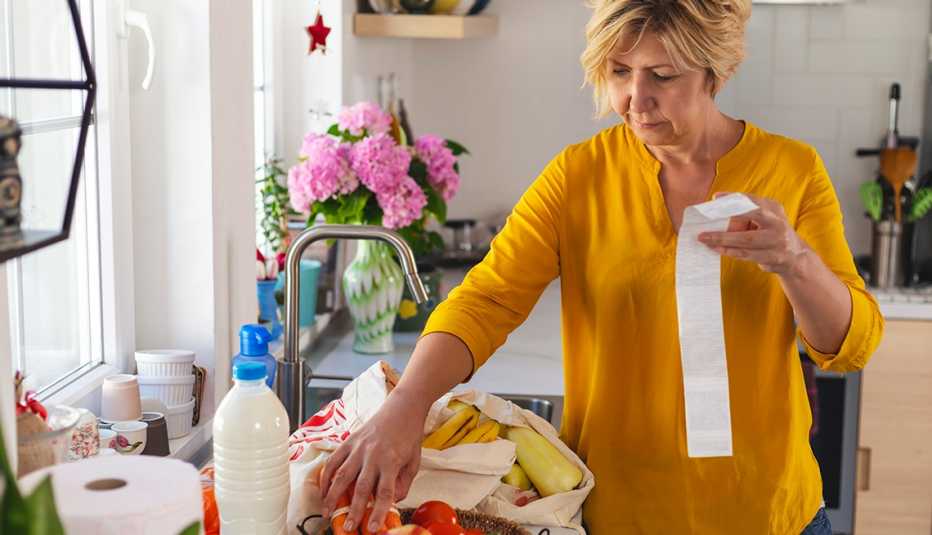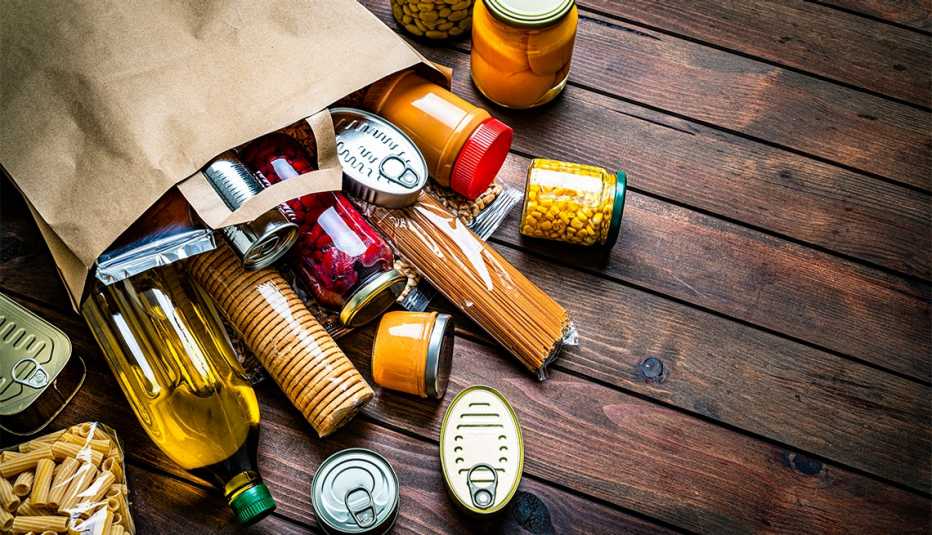AARP Hearing Center
Slow cookers are a convenient and popular tool for busy home cooks, and they have a reputation for cooking food safely. But as with any type of cooking potential dangers exist, making it important to follow kitchen safety guidelines to avoid getting food poisoning.
“A slow cooker is designed to cook foods that have moisture. It’s heating [food] up enough that it’s creating steam inside, which will help make an environment that bacteria can’t really produce or thrive in,” said Meredith Carothers, a public affairs specialist at the U.S. Department of Agriculture.
Still, that isn’t an absolute guarantee against bacteria developing in slow-cooked food, and that can cause serious illnesses leading to hospitalization or even death, particularly among older adults. That’s why it’s important that even the most seasoned home chefs take precautions when using a slow cooker. By avoiding these six common mistakes, you can prepare meals that are not only nourishing and delicious but safe too.
1. You put frozen ingredients into the slow cooker
Placing frozen meats, vegetables or prepared meals in a slow cooker is not recommended, as it may take them too long to fully thaw and begin cooking. This can mean leaving the food at an unsafe temperature for an extended period of time, which can allow bacteria to grow and potentially cause illness, said Carothers.
Instead, it is best to first thaw frozen ingredients, including any “dump and go” meals, in the refrigerator, cold water or in the microwave. The only exception is if you are using a commercially prepared slow-cooked meal that instructs you to place the ingredients in the slow cooker while they’re still frozen.
2. You overfilled your slow cooker
To ensure proper cooking, it is important to fill your slow cooker with the appropriate amount of food. Aim for between half and two-thirds full. If the cooker is too full, the food may not cook evenly and could end up being undercooked. On the other hand, if the cooker is not full enough, the food may overcook. When adding ingredients, keep in mind that vegetables cook more slowly than meat and poultry, so it is best to place them in the bottom of the pot.







































































